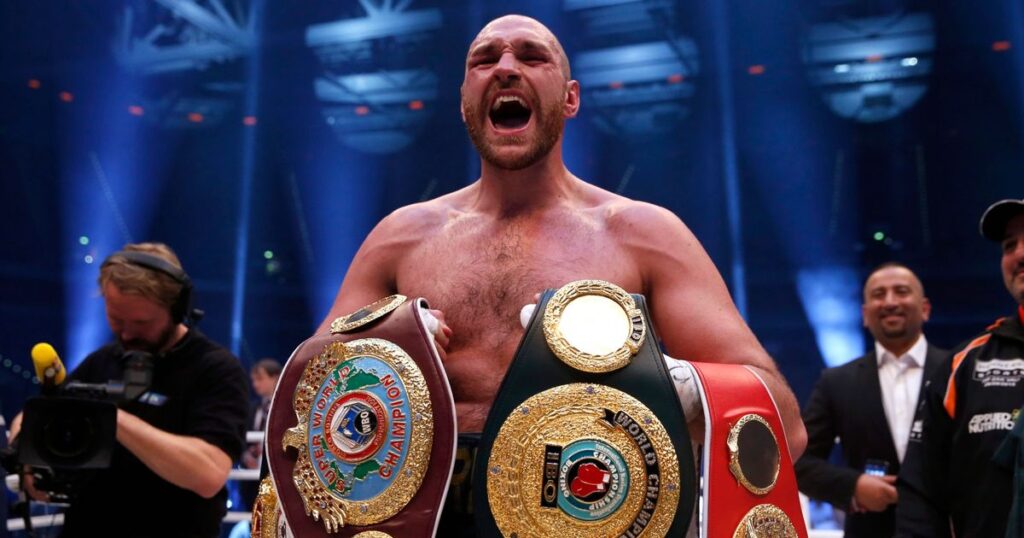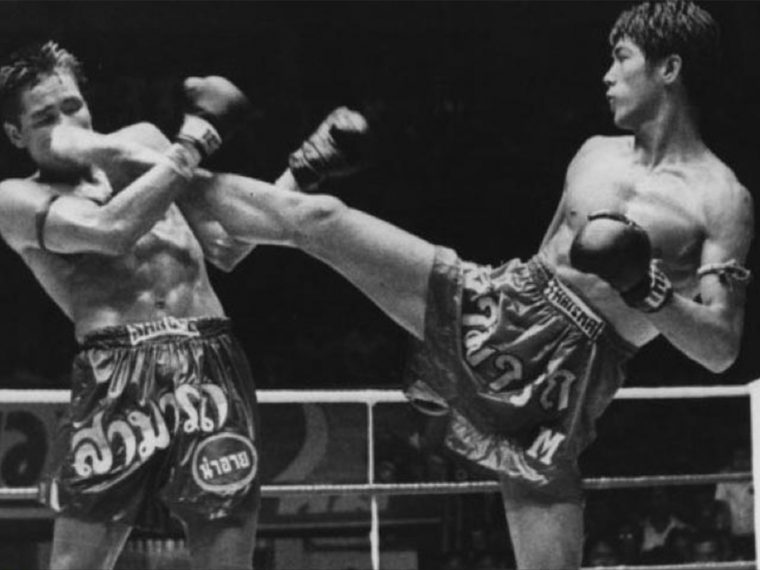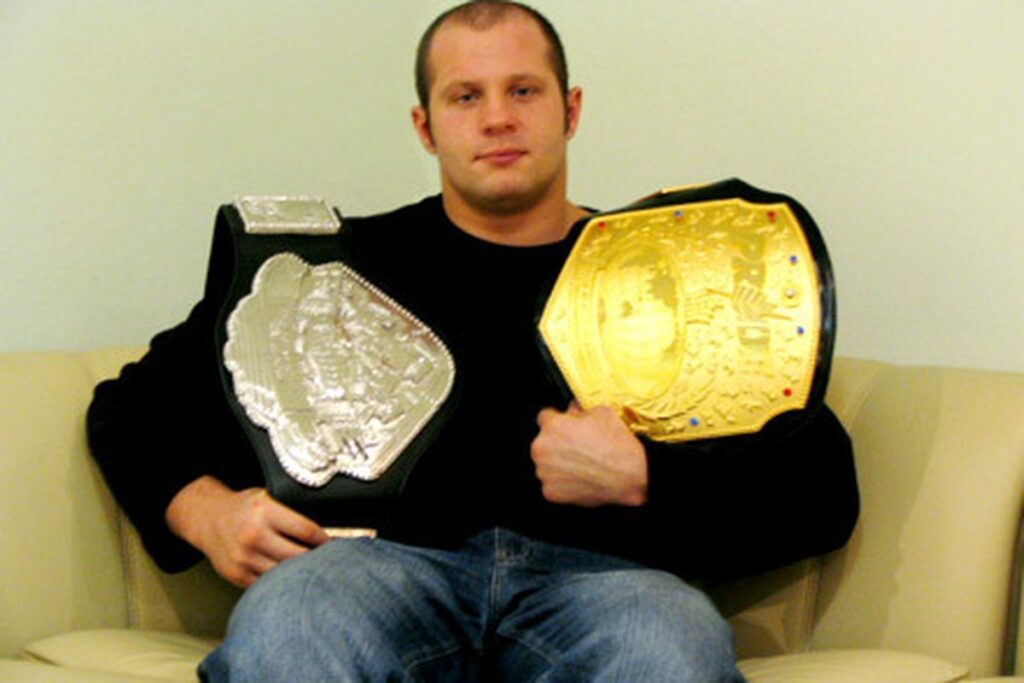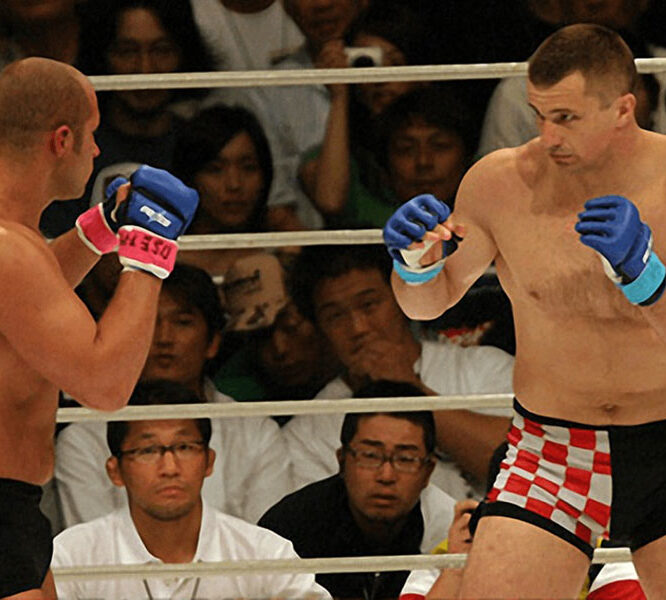To be adaptable.
Firstly this rule requires a fighter to swallow their pride. The elite will always meet an opponent that excels in their own strongest domain, the elite are able to adapt to their opponent, analysing them, searching for weaknesses and how best to exploit them.
This rule is also dependent on the first 2 rules being present, being both strategic and to be a student of the game.
Adapting as the contest goes on and even changing your approach is a strategic decision in itself, also changing approaches takes focus and discipline under tremendous pressure. The ability to switch strategies requires a competitor to have the wrinkles in their game to be able to implement various forms of gameplans which is not as common as you might think.
Combat sports is full of competitors with heroic self belief but it is those that can recognise their strengths and weaknesses and can then accept to change their approach that reign the longest.
Tyson Fury could be the focus of this whole blog but as he featured strongly in the last post I will only briefly touch on his victory over Wladimer Klitschko, the long time heavyweight champion of the world. As the fight approached Fury gave an interview that was both funny and full of truth. He said he was unlike any of Klitschko’s previous opponents:
“Because I’m an adapter, being a Gypsy like myself, we adapt, put me in the jungle in Africa and i’ll come out wearing a chinchilla and a millionaire, I’m an adapter! put him in the jungle and he’ll get eaten by a lion, he’s not an adaptor. “Whatever this guy can throw I can adapt to, simple.”

This turned out to be prophetic as Fury’s unpredictable approach, movement and versatility confused his opponent. Later on when asked if Fury’s approach was off putting Klitschko admitted that it was. Being adaptable and having lots of tools in your toolbox allows you to be unpredictable which is difficult for any opponent to deal with.
Moving on from boxing we shall look at another combat sport, one that has much more complexity in view of the amount of techniques available to the competitors. Muay Thai, the national sport of Thailand is a form of kickboxing with the addition of elbows, knees and clinch work.
As with all sports some fighters master one area such as punching or kicking, a fimeu fighter in Muay Thai is known as a technical fighter, one that fights with an aesthetic beauty. Fimeu fighters usually have a high fight IQ using whichever technique will get the job done and is often a very subtle operator.
Samart Payakaroon is the patron saint of fimeu fighters, not only is he remarkably skilled in all areas he even turned to boxing for a few years and won a world title just using his hands. His kicks were probably his strongest techniques, to box at that level shows his talent. His balance impeccable, his defense otherworldly, his clinch work masterful and his ability to spot openings unmatched.

Fighting in the sports golden age he went up against stronger, more well conditioned athletes often. In a sport known for power and aggression he was able to succeed with a cerebral style that adapted to his opponent sensing their vulnerabilities and targeting them mercilessly.
One famous example showed him feigning weakness enticing his opponent to become over aggressive before countering him and stopping him. Just before this sequence he slipped a barrage of punches almost nonchalantly communicating to his opponent that they were not on his level. Being adaptive requires a creative streak because it might just be the most unexpected and unusual approach that gets the big result. Psychological warfare is at all times applied by the adaptive elite.
Finally we move to an even more complex sport, one which includes all the techniques of Muay Thai but also includes wrestling and grappling, Mixed Martial Arts (MMA). Like all these sports the majority of competitors favour one or two areas, they might be useful in all domains but it is the truly elite that can adapt to all domains and specifically switch back and forth smoothly.
Fedor Emelianenko was for many years the best heavyweight in the world, he was short for his weight class and undersized. What he did possess however was a blend of fighting styles that allowed the seamless blending of kickboxing, wrestling and grappling. This was largely down to his style of Russian Sambo of which he was a world champion.

Much like Samart Fedor is known for a cerebral approach, he can do all the basic techniques well however he can also throw a punch then immediately move to a wrestling take down which makes it near impossible for his opponent to defend both. His mastery of the transitional phases of the fight is the antithesis of the majority of people he fought. When his opponent is playing chequers he is playing chess, when they are playing high card he is playing poker.
For many years he was simply miles ahead of the competition, he would wrestle the kickboxers, submit the wrestlers with grappling and kickbox the grapplers. His opponents were always out gunned in some area and his ability to adapt his style to focus on that weakness was a key to his greatness.
What we can learn from the athletes featured in this series of blogs is that no matter our chosen area we can always be more strategic in our approach. We can commit to being a student of the game of our chosen discipline by aiming at mastery by learning as much as we can about all facets. Finally we can learn to adapt our approach to find the best application of our skills to that particular example.
I’ve heard it said that an expert is someone that has made all the mistakes in a narrow field. Whichever game you are in, be in it for the long haul, aim at mastery and keep on moving forward step by step becoming the best you can be at what it is you do.
